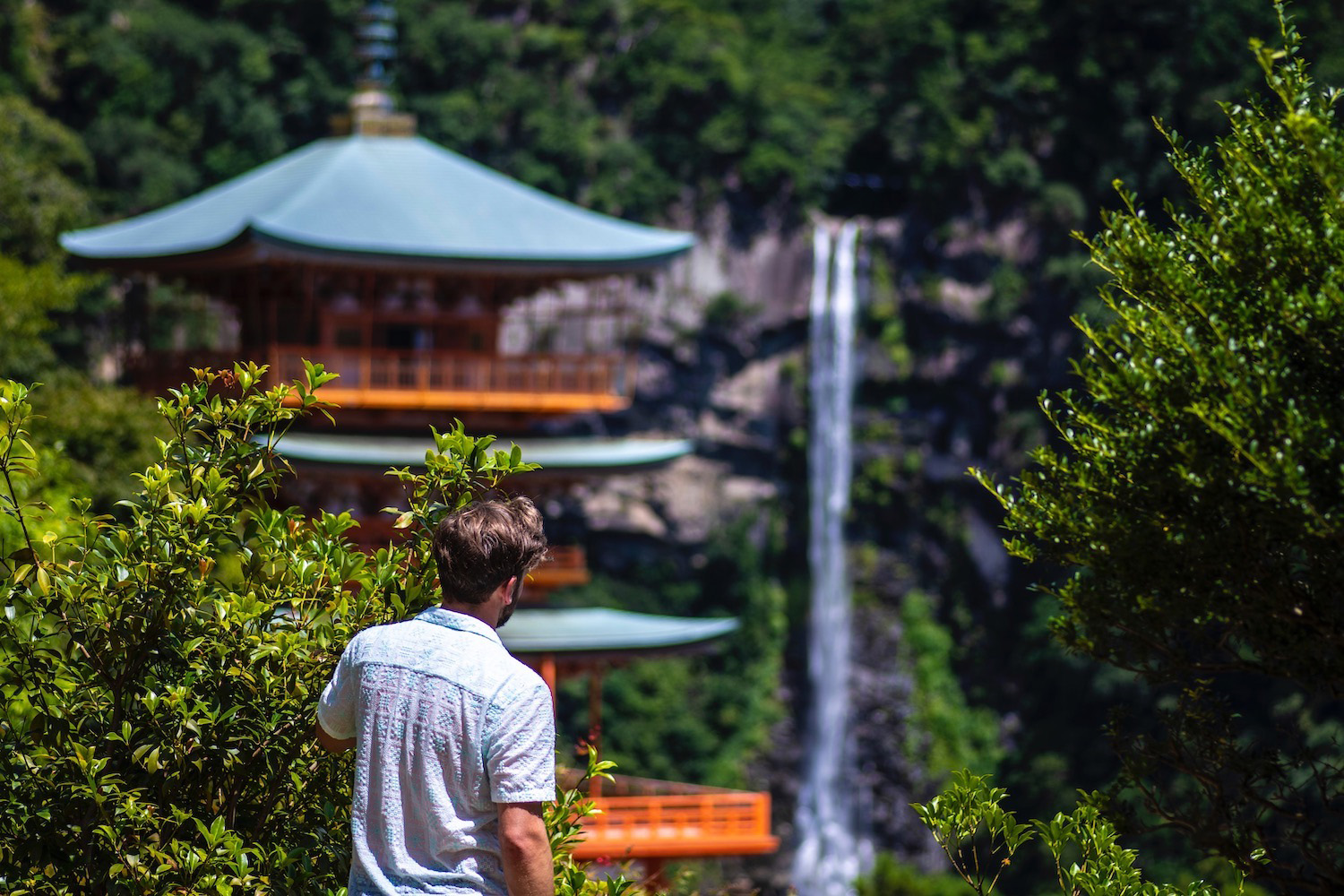Walking through Shinsekai in Osaka a few weeks ago, I passed by one of the district’s famous billiken images. I tripped over it, actually—I wouldn’t have noticed it otherwise.
It was smaller than all the others, and much more awkwardly placed—I wouldn’t have tripped over it otherwise. It was standing just outside a dimly-lit sushi counter, one with a much healthier queue than you would expect for somewhere with such yellow windows, let alone so far off the main drag.
Just before I started walking again, I saw a message inscribed around the base of the statue: “The god of things as they ought to be.” I’ll use this later, I laughed as I scrawled it down in my notebook.
Certainly, and at least in terms of traveling to Japan, 2023 was as close to the way “things out to be” as thing have been in many years. 2023 was the first full year without covid-related entry restrictions since 2019. Exploring the country felt more or less as it had during the pre-pandemic years, especially as the summer cooled into autumn and now early winter.
The world, for its part, has gotten the message, with inbound tourism figures having completely rebounded. As a result, many of the places I’m about to recommend you visit in 2024 are off-the-beaten-path, whether that means they take place in less popular seasons, or in parts of the country where foreign travelers tend not to venture.
Of course, no matter where you go in Japan next year, it’ll be an experience unlike any other. Dare I say, 2024 will be the best year—ever—to visit Japan?
Where to Go in Japan in 2024
1. Sapporo Snow Festival
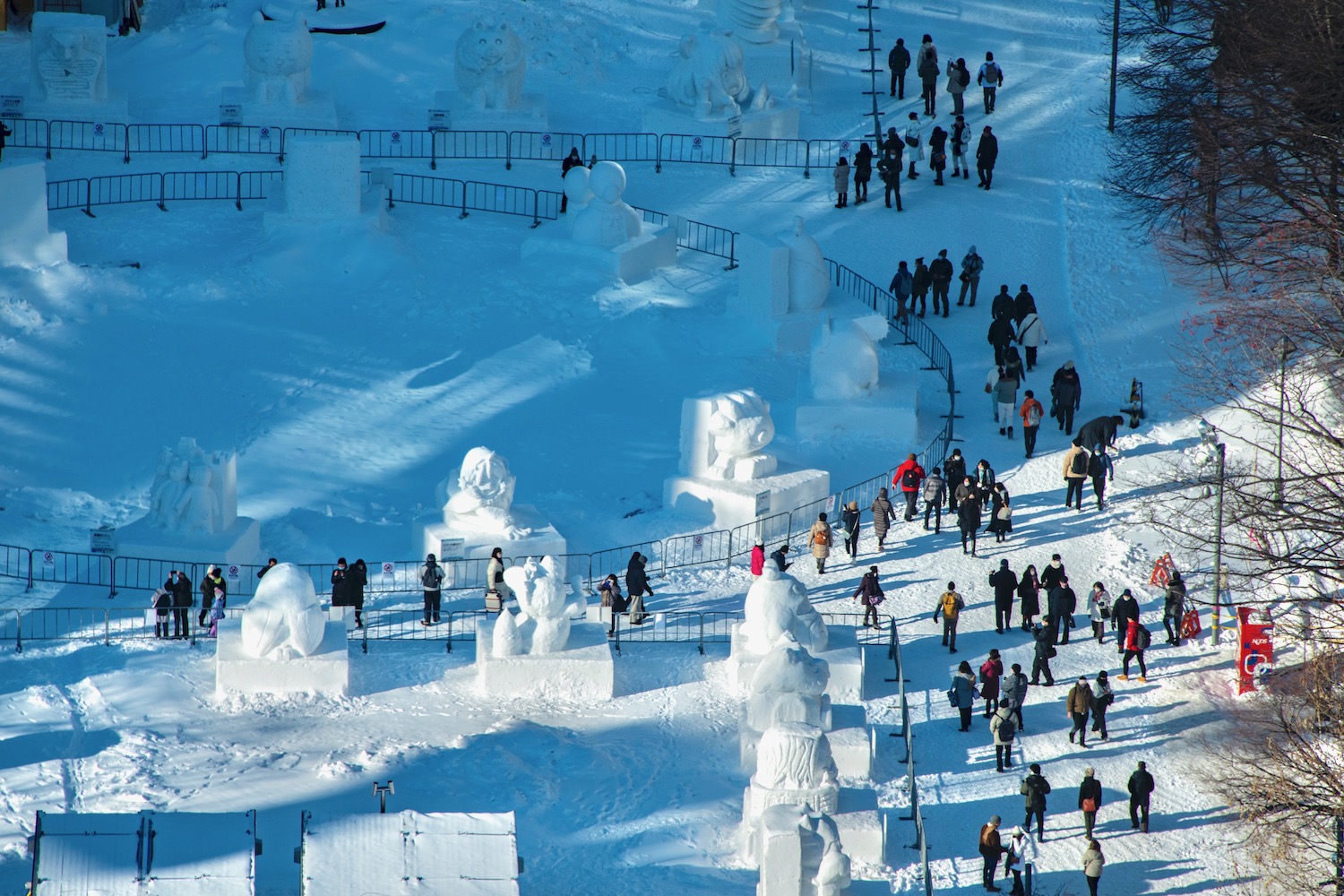
Allow me to be clear: The annual Snow Festival itself isn’t the only reason to visit Sapporo during winter. Whether because of warming oden shops or treasure-filled subterranean shopping malls, the city becomes its truest self when the weather is coldest, to say nothing of the fact that it’s a gateway to the rest of Hokkaido.
When to Visit: The Sapporo Snow Festival takes place February 4-11 every year. You still have time to book a 2024 trip!
READ MORE: Sapporo’s Snowiest Spectacle
2. Satsuma Peninsula
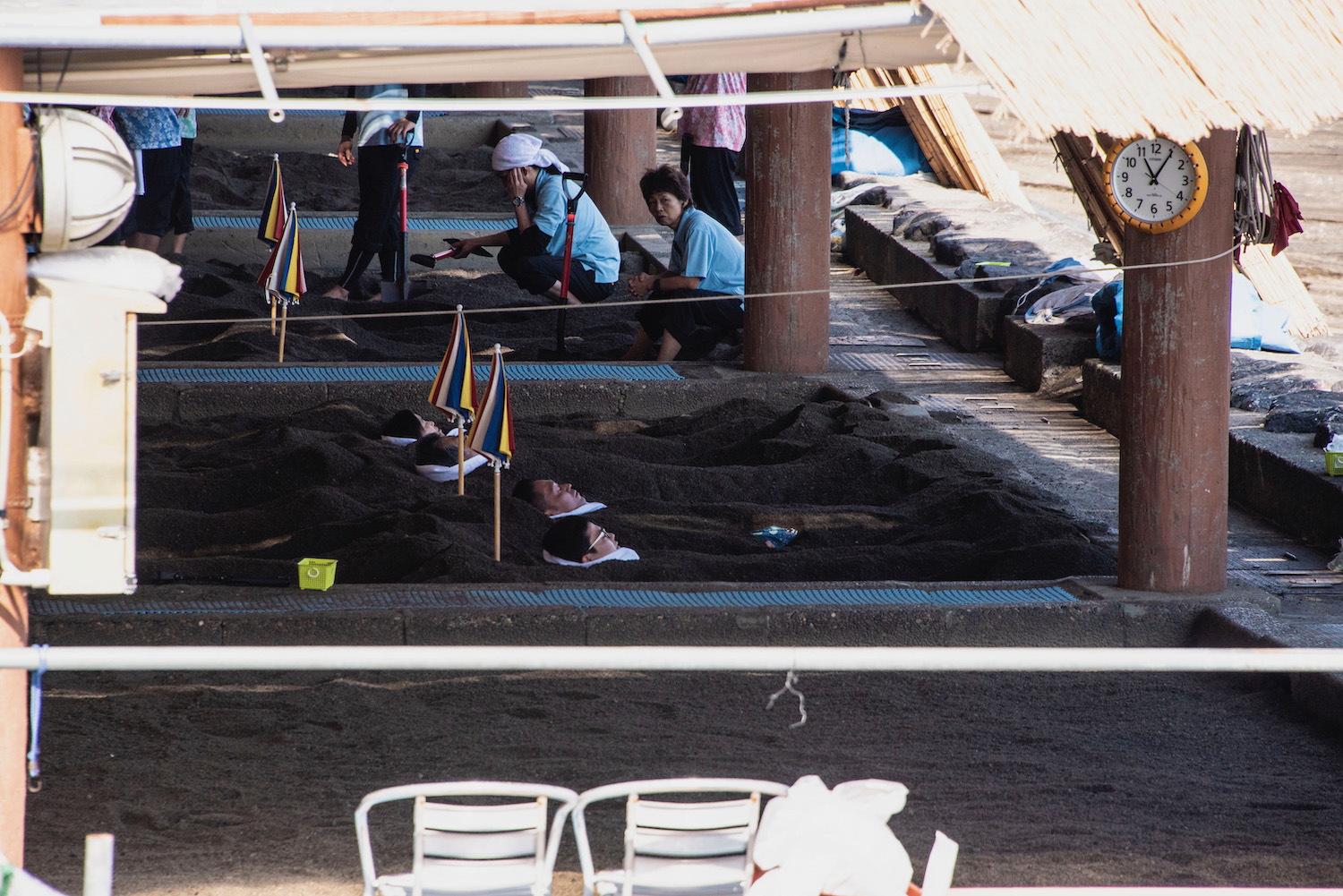
The bad news? I didn’t see a single tree bearing Lilliputian satsuma mandarins during my entire time on the Satsuma Peninsula, in Kagoshima prefecture on Kyushu island. The good news? From thermal sand baths, to charming Samurai villages, to sprawling tea fields, I didn’t miss the pop of citrus taste for even a moment.
When to Visit: The weather is glorious during the “shoulder” travel period between late October and early November.
READ MORE: Kagoshima Starts Here
3. Motonosumi Inari Shrine

Love the idea of visiting Kyoto‘s Fushimi Inari Shrine, but hate the idea of pushing your way through crowds to get the perfect selfie? Headed instead to Motonosumi Inari Taisha in Yamaguchi prefecture, where an added bonus is that the haunting gates are right on the sea.
When to Visit: Motonosumi Inari is beautiful all year round, though the sea breeze can be bitterly cold during the winter between about December and March.
READ MORE: Farewell to the Fox Spirit
4. Matsusaka
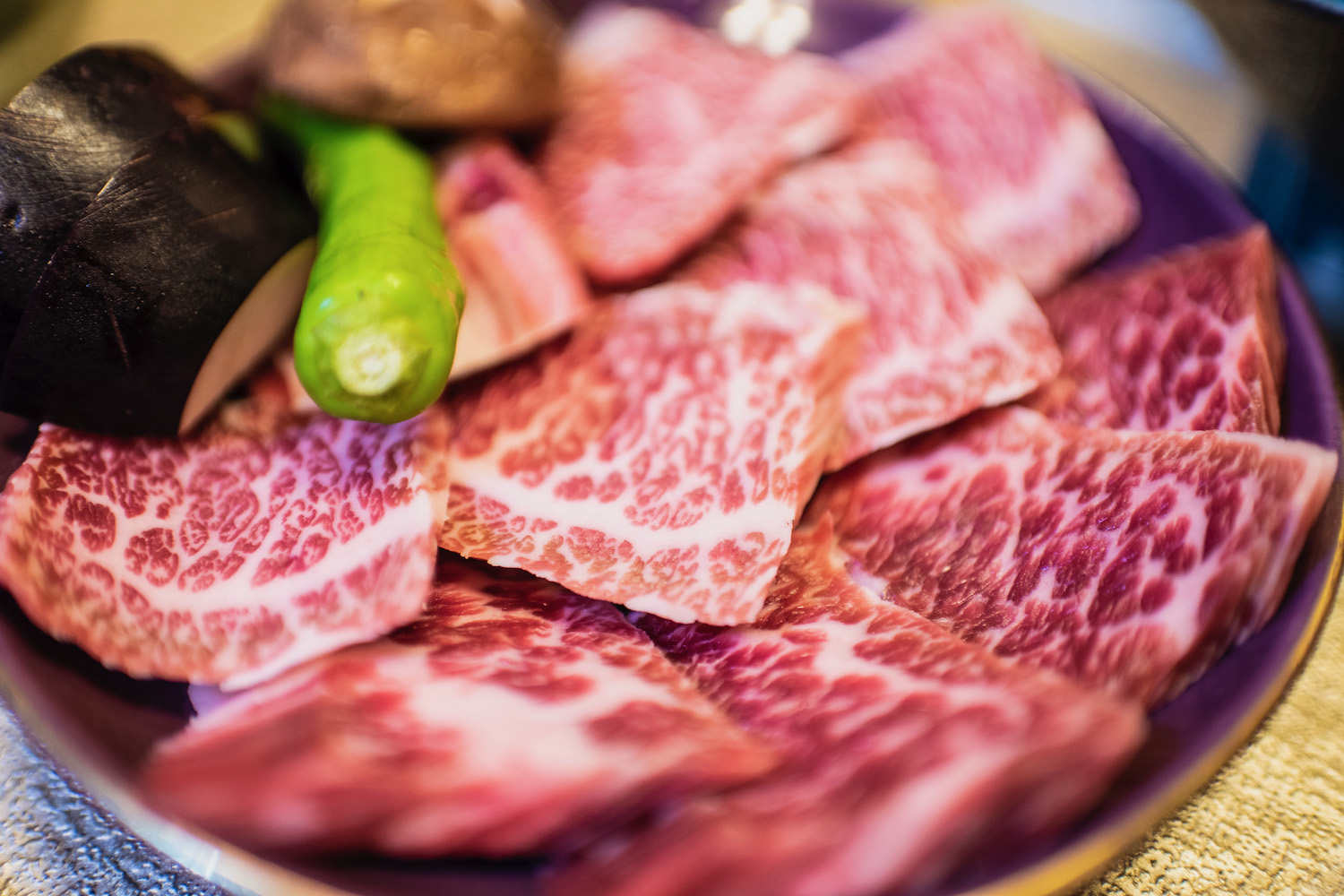
Kobe is the most famous place in Japan for wa-gyu beef, but it’s not the only one. Instead, board a train southward from Nagoya and get off at Matsusaka Station. In addition to a spate of underrated beef restaurants, you can get lost in the haunting quiet Matsusaka Merchant District, or take in a panorama from the Matsusaka Castle Ruins.
When to Visit: Matsusaka makes for a great cherry blossom destination, with full bloom usually around April 1. It’s relatively unknown, even among Japanese, so it almost never gets crowded.
READ MORE: Musings on Matsusaka
5. Horyu-ji
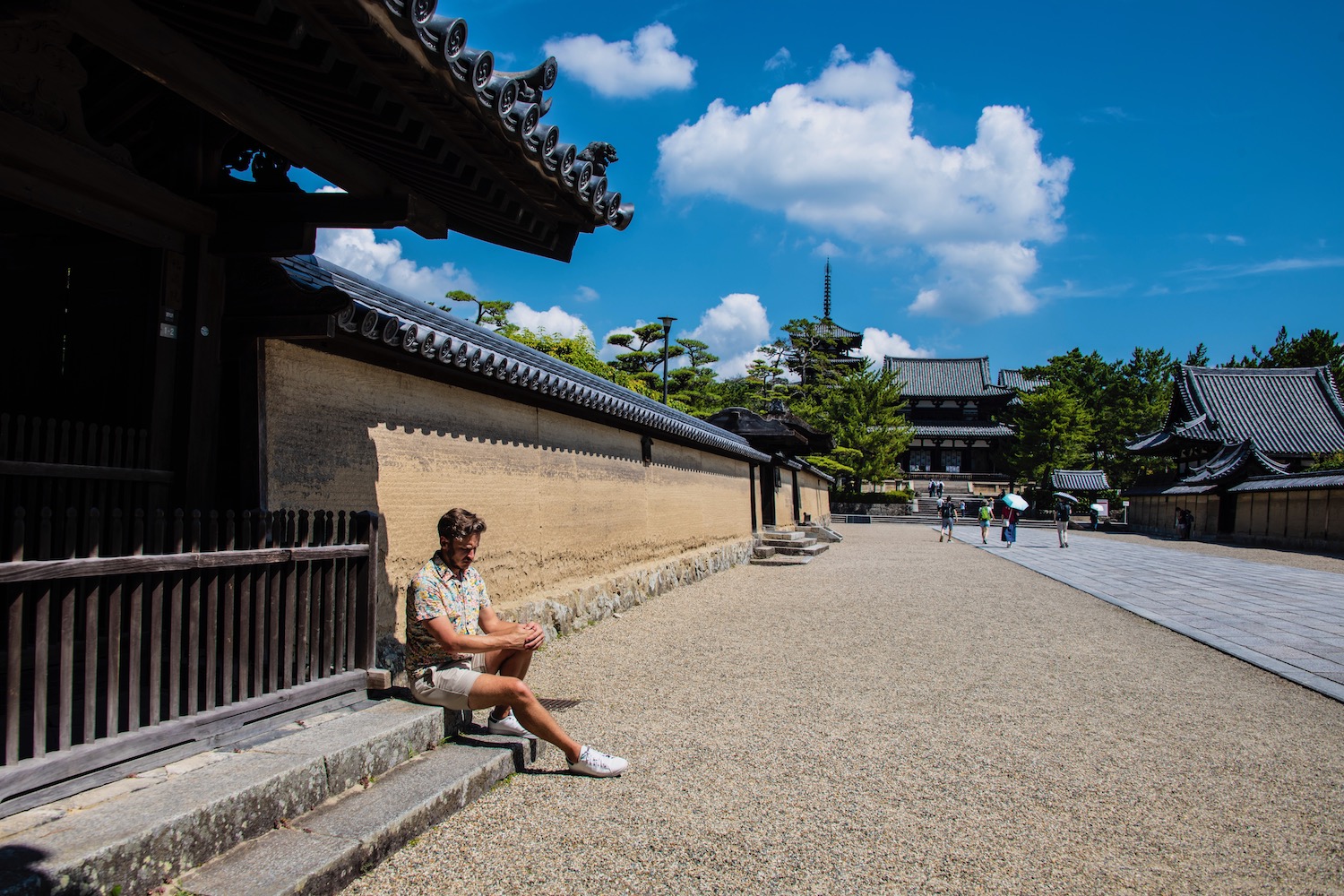
Horyu-ji is one of the most historically significant structures in Nara prefecture, which is saying something, given that the city is famous primarily for historically significant structures. Even if you don’t know the backstory of this 7th-century temple, the sheer scale of it will amaze you.
When to Visit: Since you’re likely to visit Nara city anywhere, simply plan on stopping at Horyu-ji Station (located along the JR Yamatoji Line, which connects Nara and Osaka) along your way. It’s beautiful 365 days per year.
READ MORE: Nara Starts Here
6. Ouchi-juku
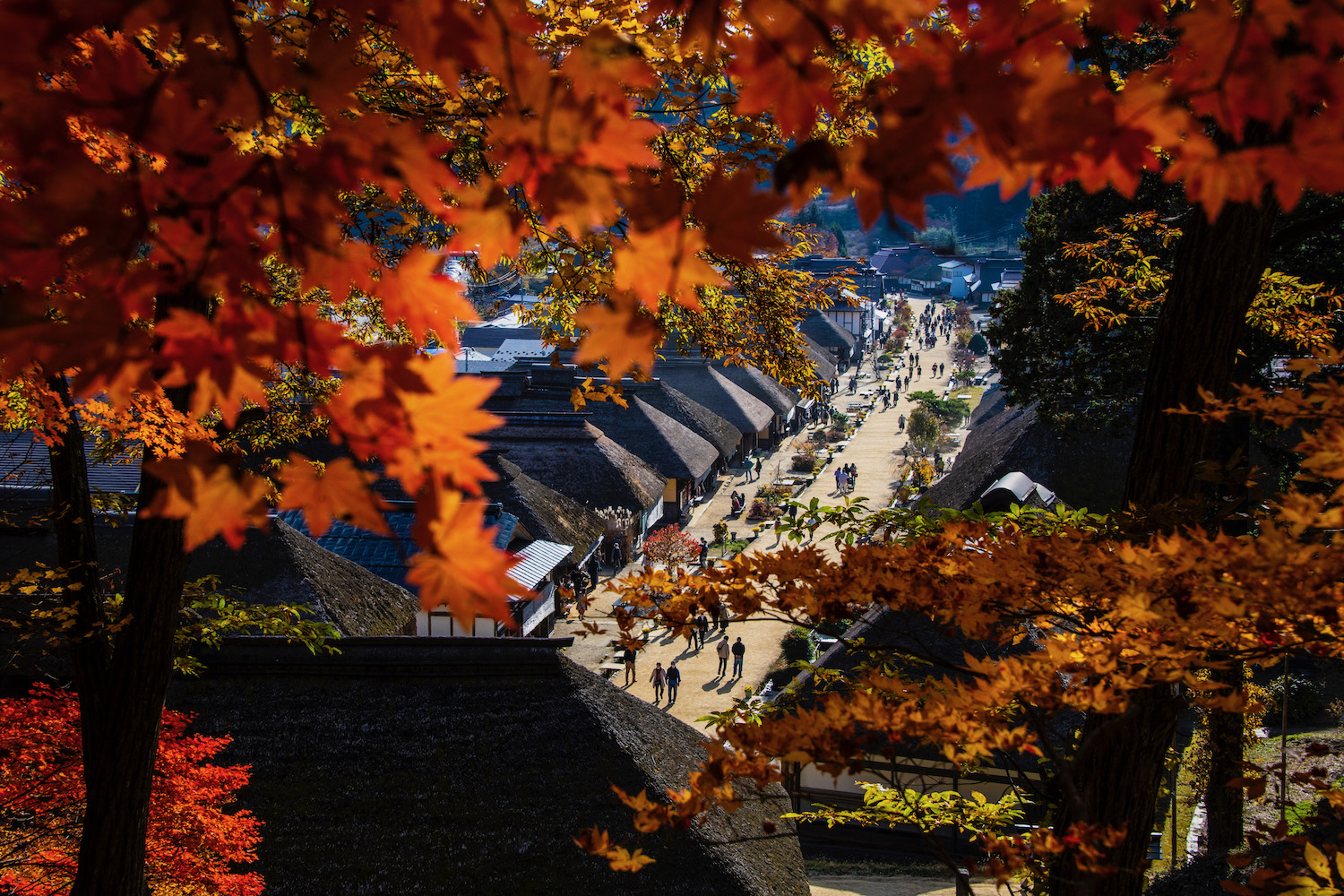
Over a decade on from the Great East Japan Earthquake, Fukushima is a word that still evokes negative feelings in most foreigners—don’t be one of them. Ouchi-juku village makes a great intro to the prefecture. A single stroll amid its picturesque farm houses will ensure your first trip to Fukushima-ken is not your last.
When to Visit: The inland portions of Fukushima prefecture (which also include the city of Aizu-wakamatsu) are at their most gorgeous in early November, when the region’s autumn colors reach their peak.
READ MORE: The Real Danger of Visiting Fukushikma
7. Kenroku-en Garden
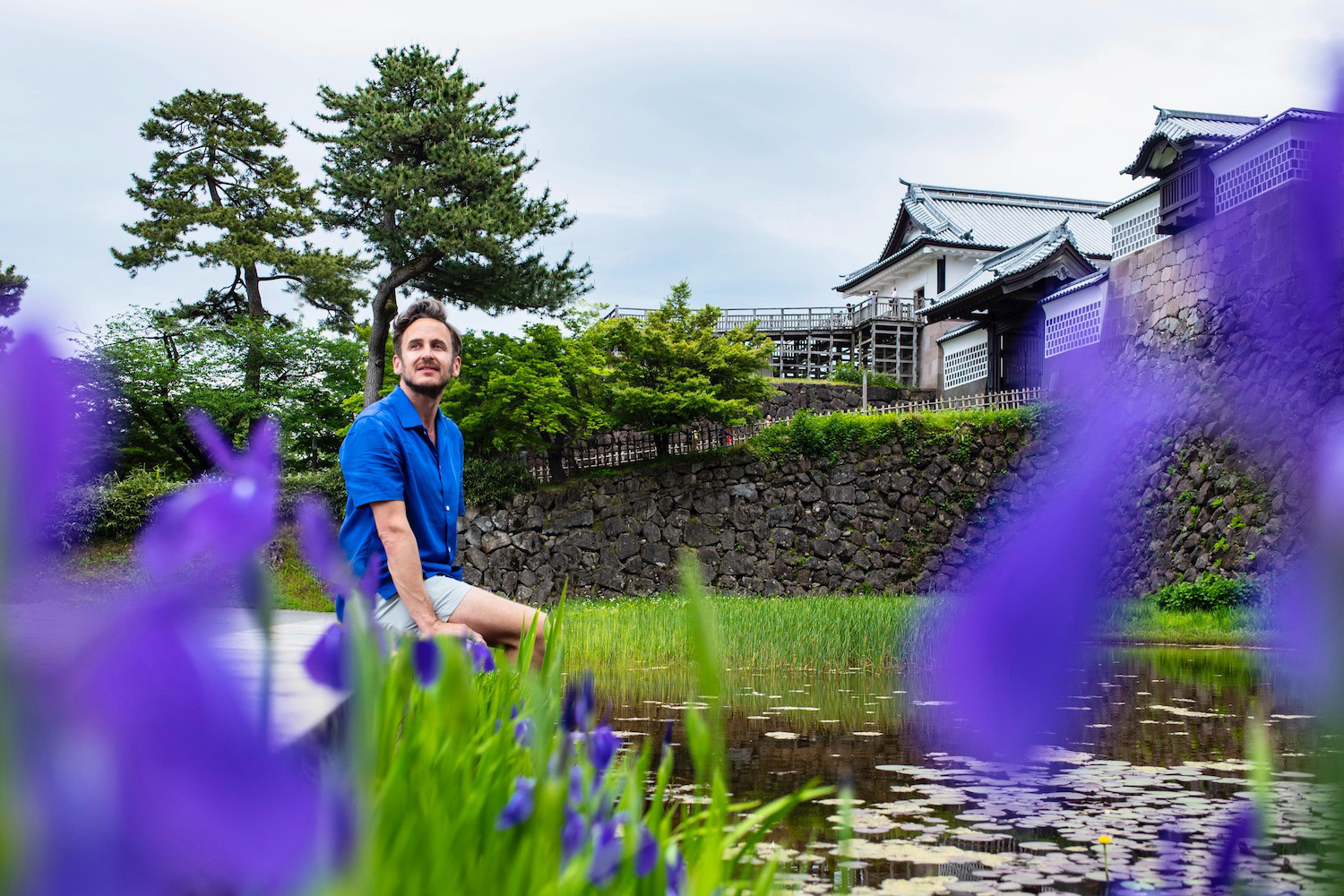
Kenroku-en, the jewel of Kanazawa city in Japan’s Hokuriku region, is my personal favorite of Japan’s “three great gardens.” While you’ll of course want to explore the rest of what Kanazawa has to offer when you’re here, trust me when I saw that the garden alone is worth the visit, if you happen to be on the fence.
When to Visit: A landscape garden designed to spotlight Japan’s seasons, Kenroku-en is a place you’ll ideally visit at least once during all four of them.
READ MORE: How Many Days Do You Need in Kanazawa?
8. Akan-Mashu National Park
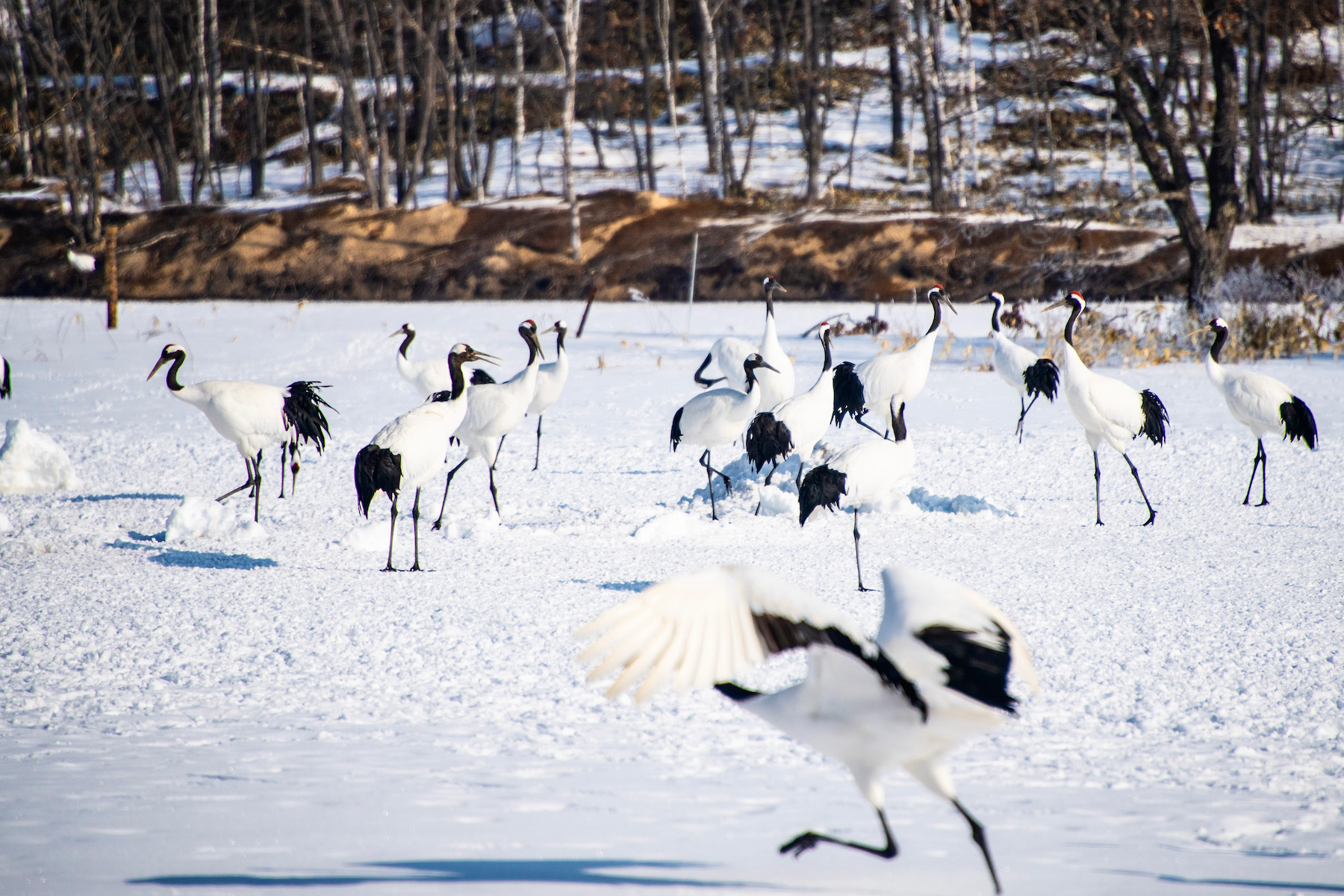
The only thing more miraculous than the fact that the red-crested crane (tancho) has been brought back from near extinction? The fact that dozens of the birds come to the same park every morning, making them a reliable tourist attractions. Birds notwithstanding, the trio of lakes—Akan, Mashu, Kussharo—that dots this vast wilderness in rural Hokkaido makes the journey more than worth it.
When to Visit: While winter is the best and most picturesque time of year to photograph the tancho, I’m also partial to the beautiful autumn season in eastern-central Hokkaido.
READ MORE: Hokkaido’s Wild East
9. Okinawa (Main island)
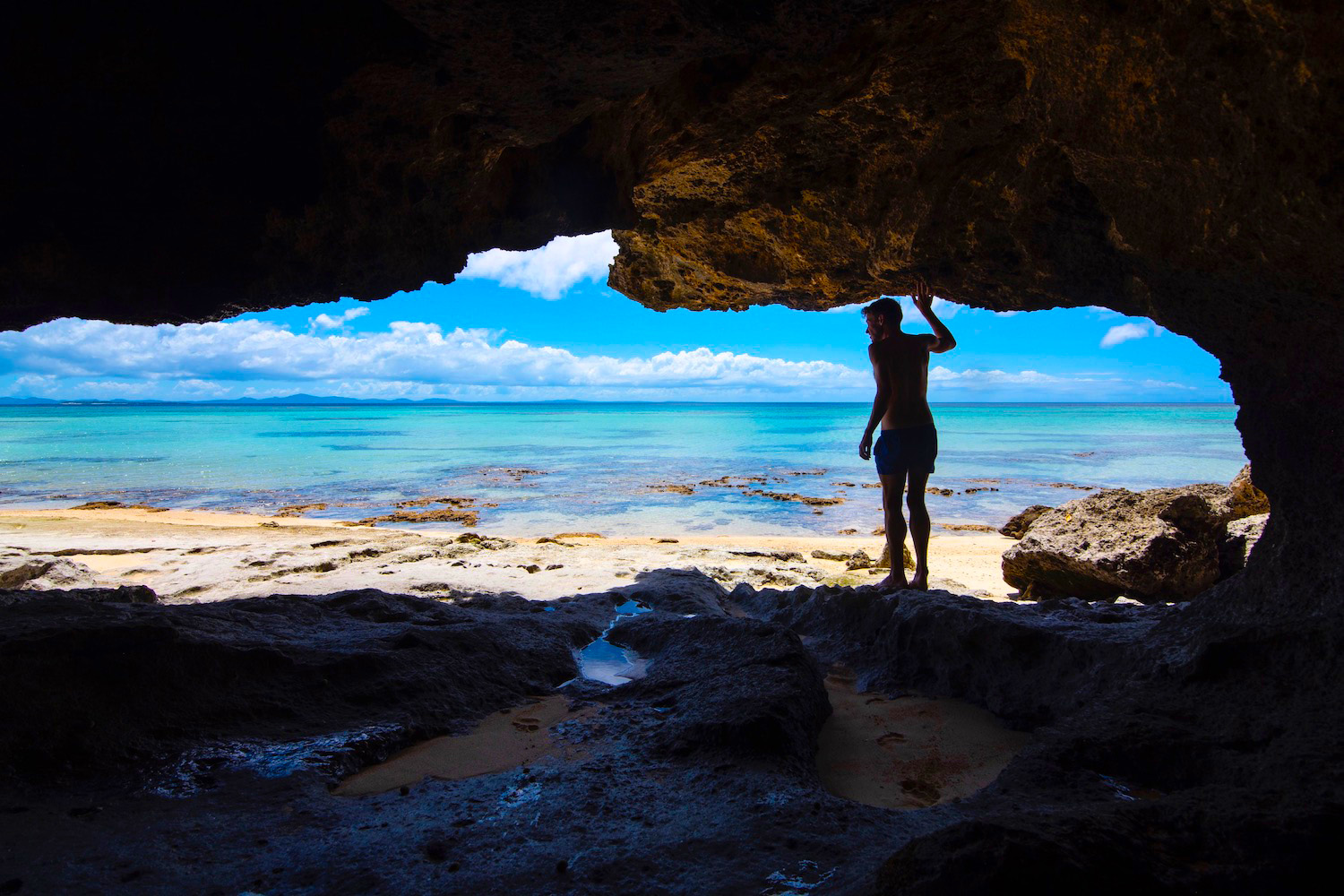
Most travelers are under the impression that Okinawa is a single island, rather than an archipelago, so congratulations if you weren’t among them. Indeed, while I love explore the former Ryukyu Kingdom as a region, the main island (and Naha City) is my favorite place to start. Get lost in Shikina-en garden, eat taco rice along Kokusai-dori, watch the sun rise over Naminoue Shrine, or take day trips to Ie and Tokashiki islands.
When to Visit: I love visiting Okinawa in summer time, although the later in summer you go (so, after September) the higher propensity there is for typhoons.
READ MORE: Is Okinawa Worth Visiting?
10. Asahi Funakawa Spring Quartet
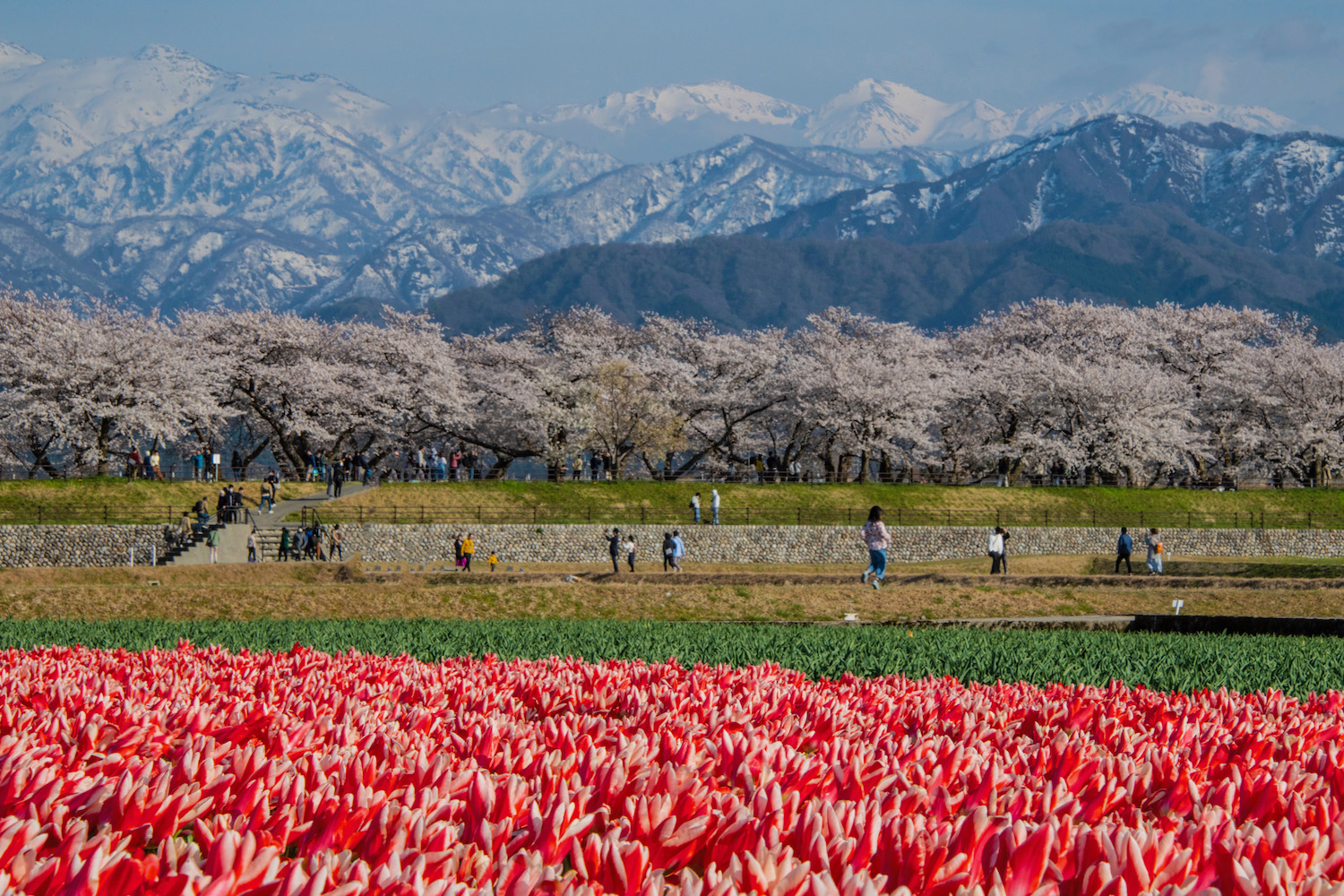
Cherry blossoms are Japan’s most famous spring flowers, but they’re not the only ones—far from it. While you can only see four (at max) of these at the Asahi Funakawa Spring Quartet near Toyama, the beauty of the Japanese Alps rising behind the scene will make you feel like you’ve hit nature’s jackspot.
When to Visit: The cherry blossoms here usually reach full bloom sometime during the first week of April.
READ MORE: The Truth About Toyama
11. Himeji Castle
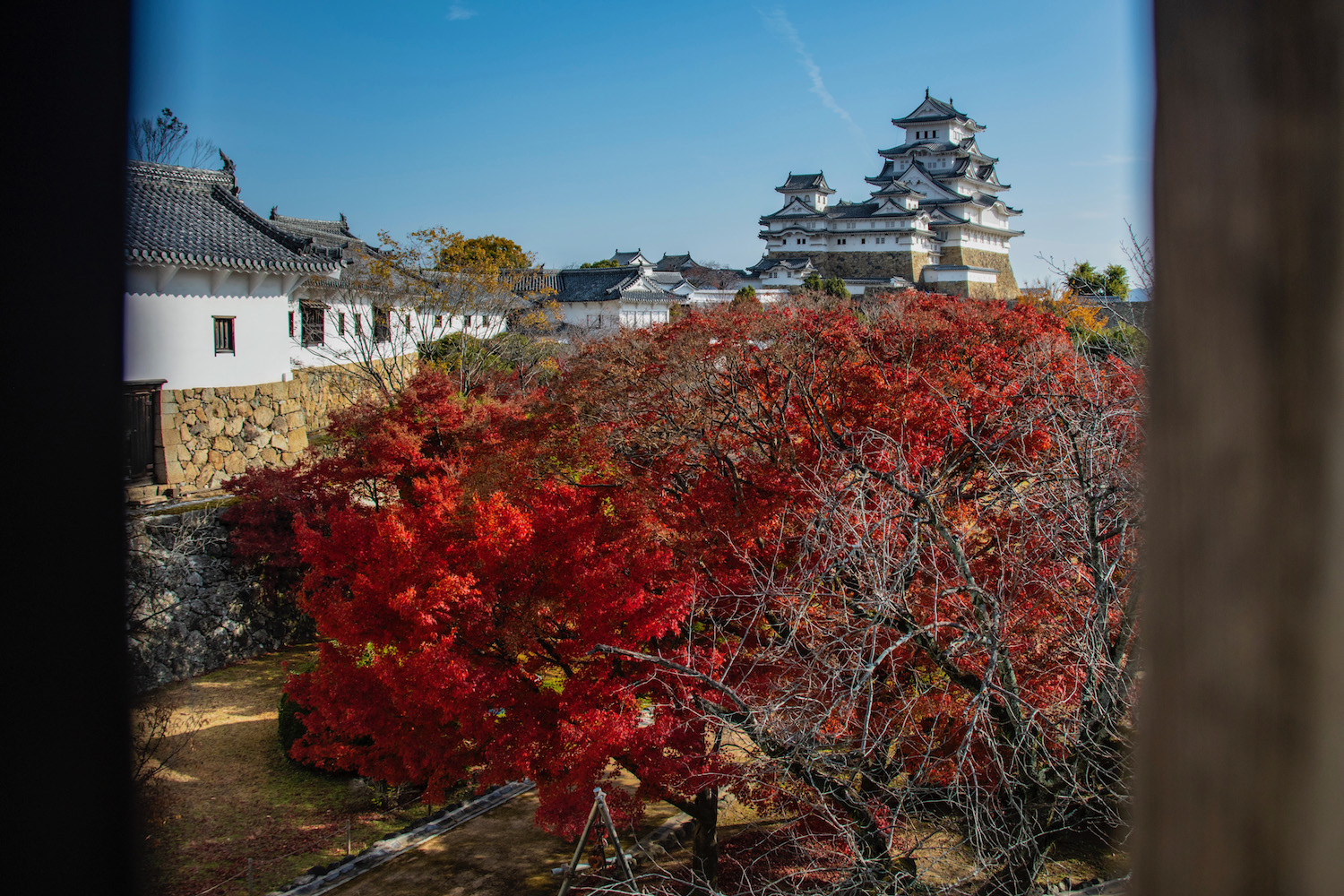
Arguably most beautiful (and certainly, the most-visited) of Japan’s 12 original castles, Himeji Castle is also by far the most mainstream entry on this list of places to visit in Japan in 2024. However, because of both its beauty and scale, as well as how easy it is to visit on a day trip from Kyoto or Osaka, I think it’s worth contending with any crowd to see.
When to Visit: While Himeji Castle is traditionally a place people go during sakura season, I’ve recently found it to be beautiful and charming during the autumn (around December 1).
READ MORE: Is Himeji Castle Worth Visiting?
12. Nagasaki
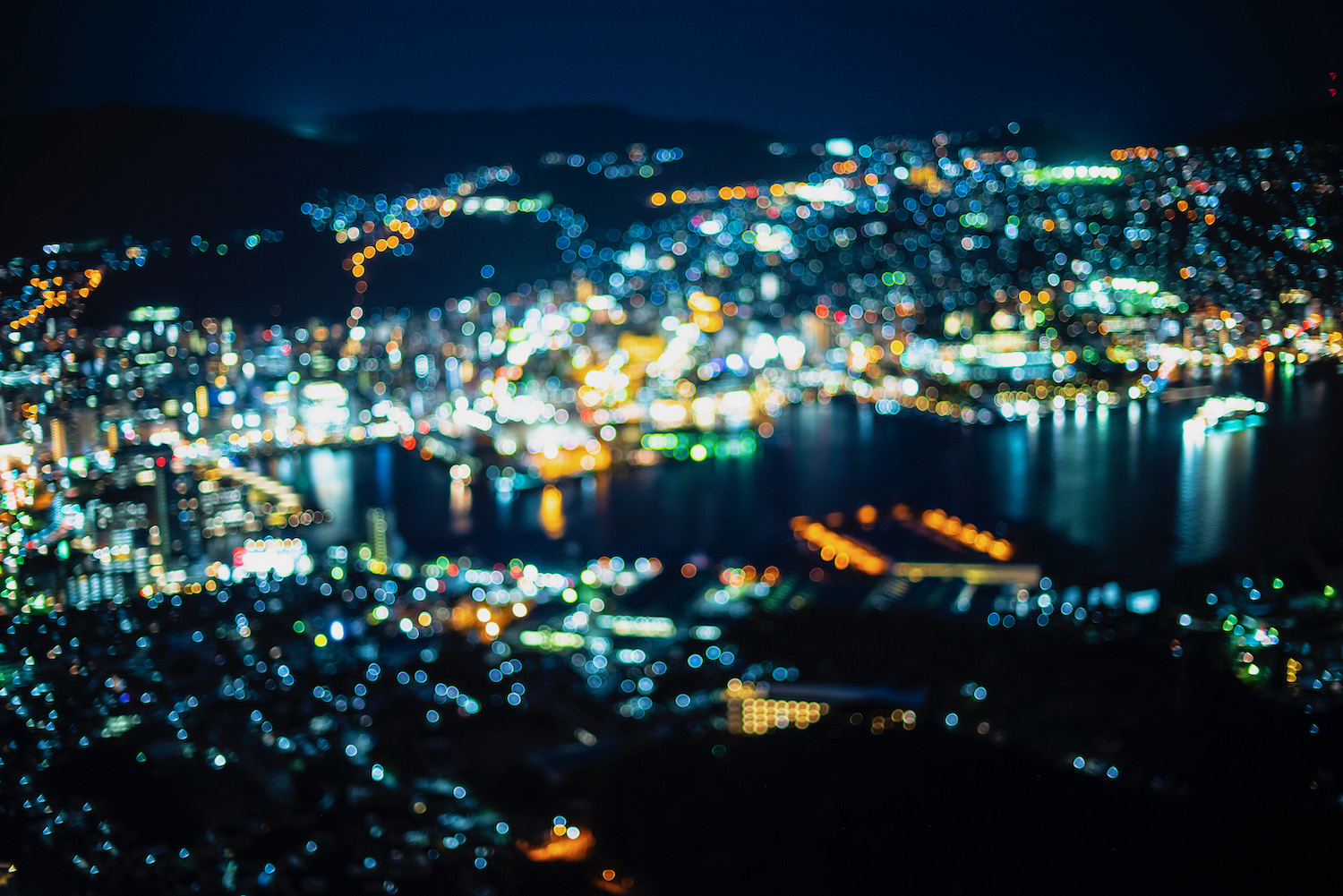
Nagasaki isn’t having a moment, but it should be. In addition to the fact that a Shinkansen route there just opened up, Nagasaki is objectively one of Japan’s most beautiful cities. Ascend Mt. Inasa to see its skyline glittering around Nagasaki Bay, or instead explore its world heritage at ground level, be that Dutch-colonial Dejima district, one of Japan’s most impressive Chinatowns or a one-legged shrine that half-survived a nuclear blast.
When to Visit: Nagasaki is blessed with great weather all year round, so timing is not really important.
READ MORE: Nagasaki Starts Here
13. Nachi Taisha Shrine
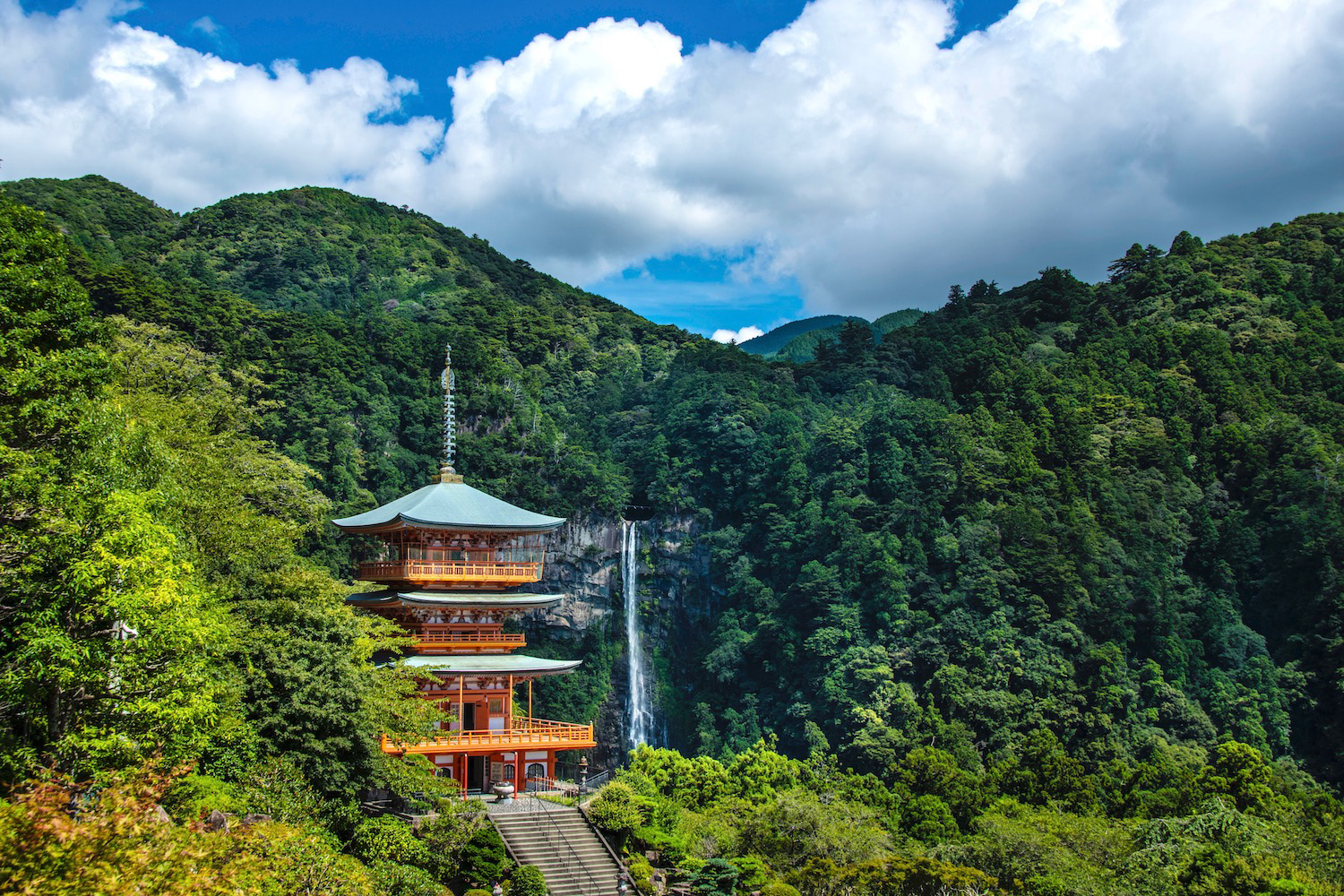
If you have time, I’d like to recommend you spend 3-5 days hiking the Kumano Kodo, which for my money is Japan’s most fulfilling pilgrimage route. If you don’t, then at a bare minimum make your way to Nachi-Katsuura Station, where a short bus ride will take you to Nachi Taisha shrine. Sometimes also known as Japan’s “waterfall pagoda,” this place is one of my favorite scenic views in the entire country.
When to Visit: Although the cherry blossoms here are beautiful, I love the pureness of seeing the shrine surrounded by the bright green of summer.
READ MORE: How to See Japan’s Waterfall Pagoda
14. Aomori Nebuta Matsuri
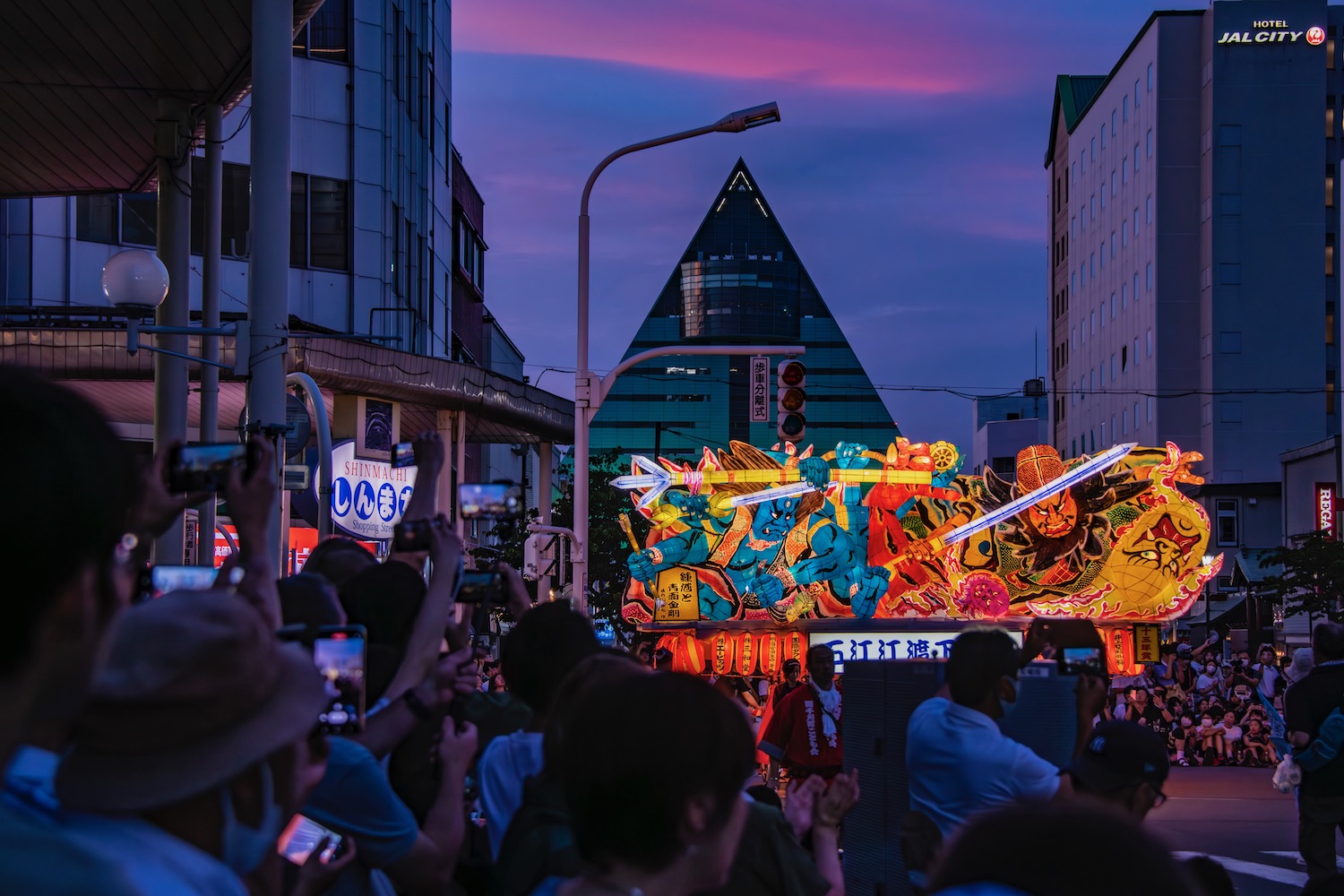
In recent years, I’ve made a point of attending as many of Japan’s famous summer festivals as I can. While I haven’t yet been to all of them, I can say that my favorite was the Aomori Nebuta Matsuri, which takes place in Aomori, the northernmost city of Japan’s main Honshu island and one of the anchors of the increasingly popular Tohoku region.
When to Visit: The Aomori Nebuta Matsuri takes place between August 2-7 every year. If you can’t come during this time, the Nebuta Museum WA RASSE is open the entire rest of the year.
READ MORE: Tohoku’s Marvelous Matsuri
15. Senjojiki Cirque Hiking Route
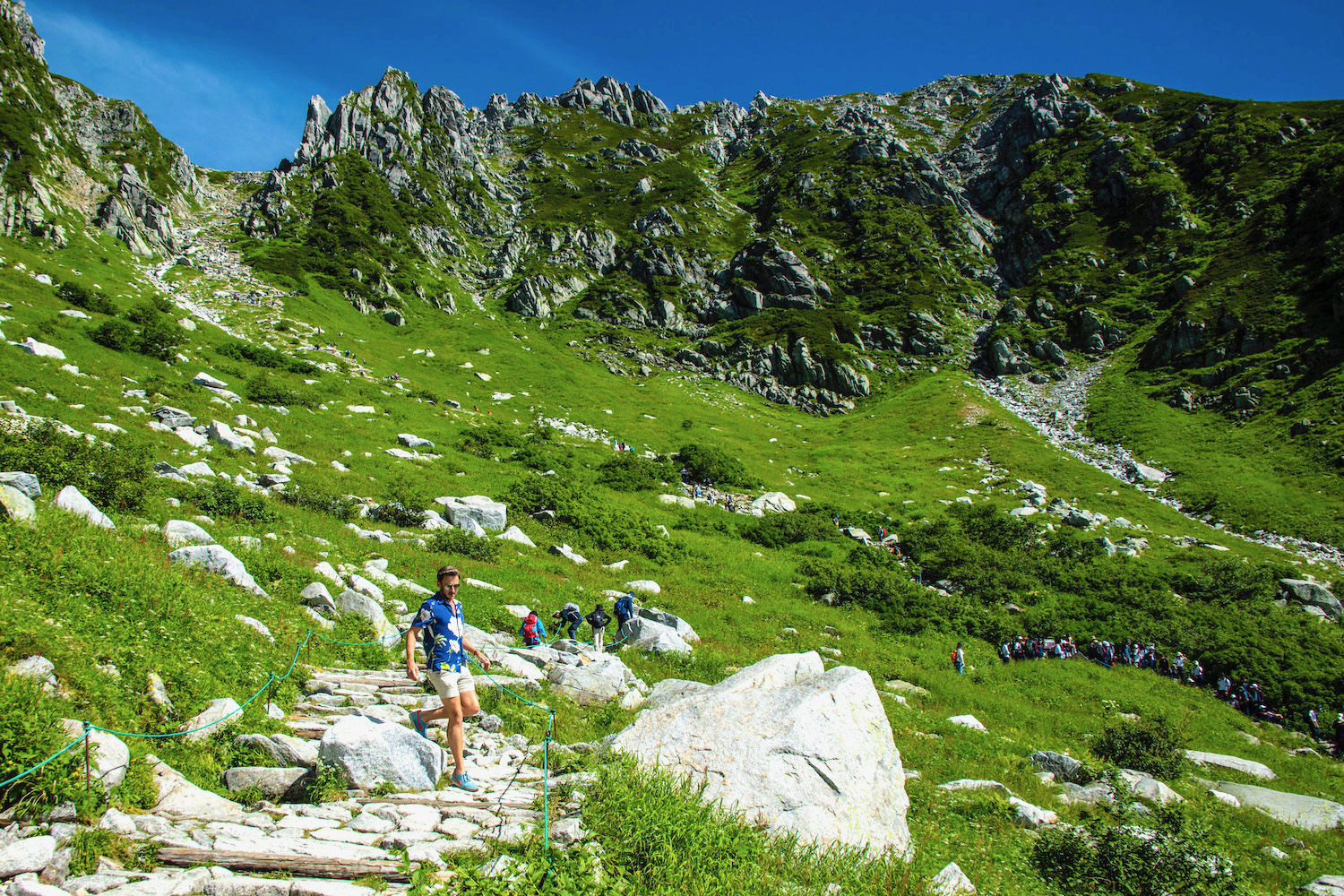
My Swiss best friend sometimes chides me for the fact that Japan has its own “Alps,” given how much less spectacular they are (in her opinion) compared to Switzerland’s. One place that always shuts her up when I send pictures of it? The Senjojiki Cirque hiking route, in Nagano prefecture near the city of Matsumoto.
When to Visit: While the main viewpoint here is a canvas for all of Japan’s seasons, a hike here is especially refreshing in July and August, when low-lying areas of Japan are scorching-hot.
READ MORE: The Ultimate Japan Hiking Guide
16. Obuchi Sasaba Tea Plantation

The only thing better than a verdant tea field, in my opinion, is one of with Mt. Fuji rising above it. Thankfully, if you visit Obuchi Sasaba tea plantation in Shizuoka prefecture just south of the mountain, you can see both at the same time. Pair this with a visit to the flower fields just south of Higashitagano-ura Station, where you can see Shinkansen trains racing past the mountain.
When to Visit: I like visiting in April or May, when the tea plants are brighter than they are in winter, but when Fujisan still has an impressive snow cap.
READ MORE: Shizuoka Starts Here
17. Urui River
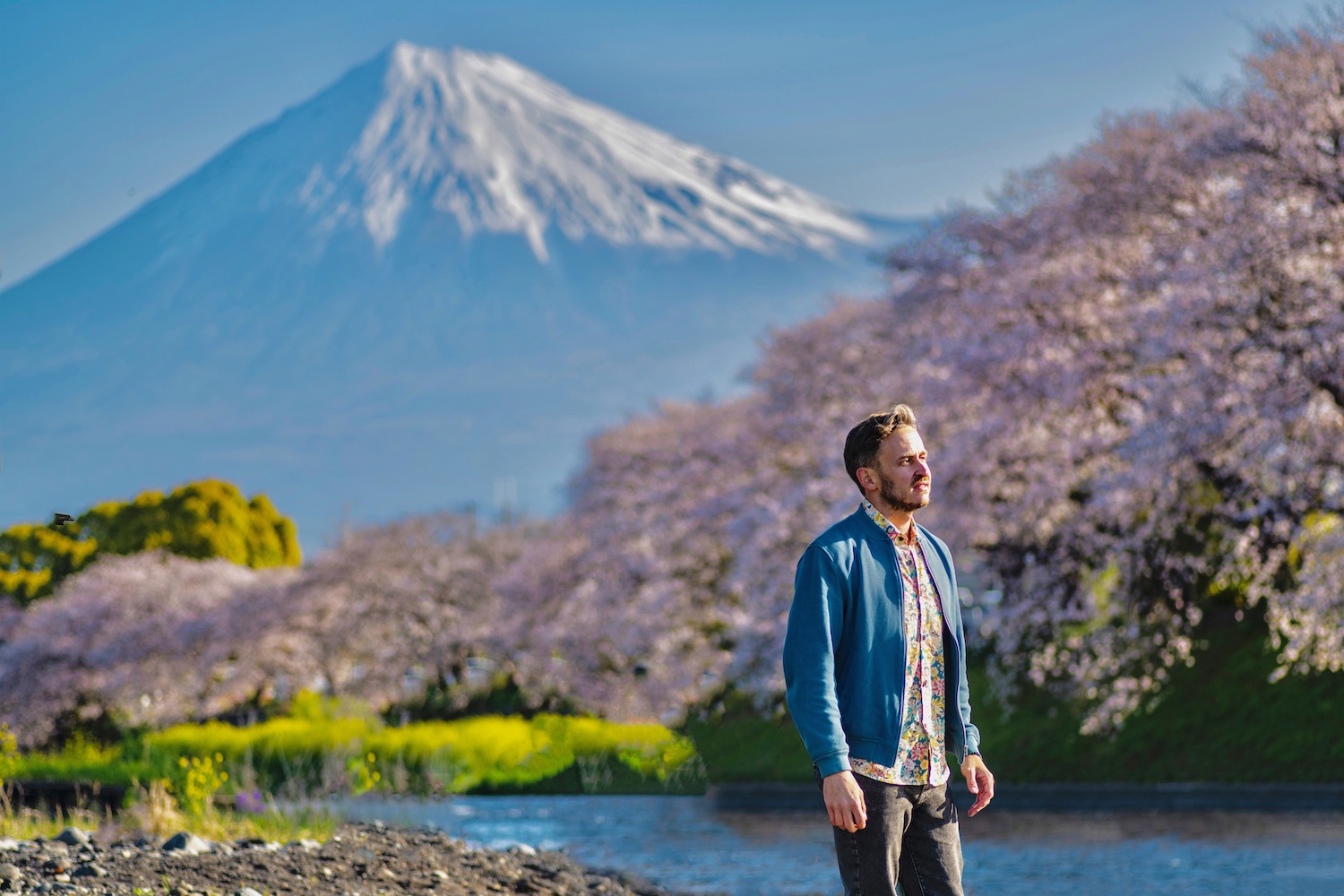
Want to see sakura (rather than tea fields) framing Mt. Fuji, but don’t want to deal with the complication of getting to Fuji Five Lakes, the later blooming time or the insane crowds? Instead make your way to the Urui River, a tributary near Shin-Fuji Station (which is served by Shinkansen), where a gentle waterway flanked by cherry blossom trees flows southward from the famous mountain.
When to Visit: Full bloom here takes place within a week of when it occurs in Tokyo, so usually just before or just after April 1.
READ MORE: Where to See Mt. Fuji
18. Setouchi Region
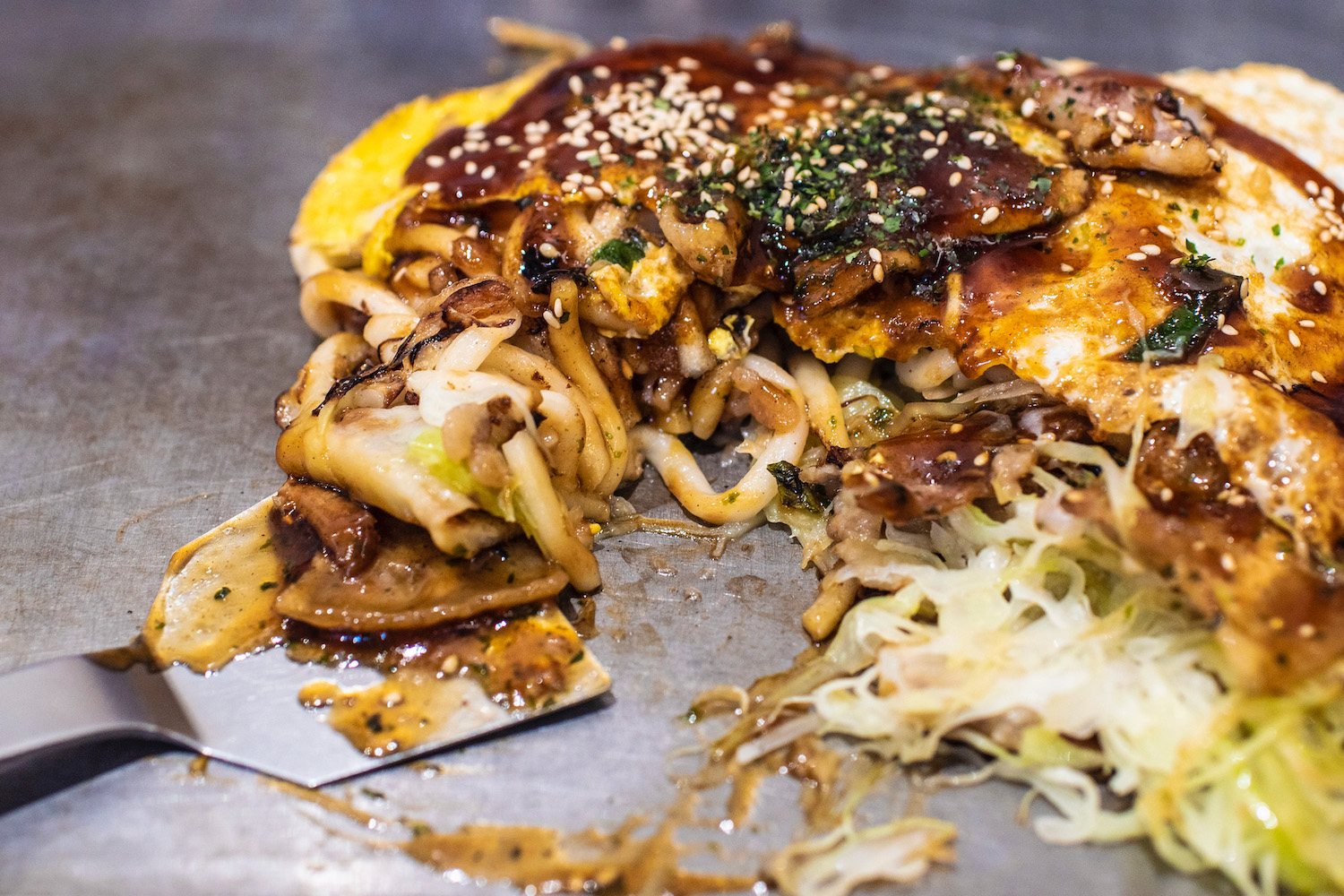
Although it’s increasingly referred to as a single region, Setouchi (which, as its name suggests, surrounds Japan’s Seto Inland Sea) is many destinations in one. From cities like Hiroshima, Okayama, Matsuyama and Takayama, to experiences like the Shimanami Kaido cycling route, to standalone destinations like the “floating” Itsukushima Shrine and ancient Dogo Onsen, Setouchi will take you many trips to explore.
When to Visit: Plan your trip to Setouchi based on the destinations you will visit. Cities tend to be at their most beautiful in late March or early December (amid sakura and autumn colors); natural activities tend to be better in “shoulder” months like May and November. You can enjoy delicious okonomiyaki and udon noodles all year round!
READ MORE: The Best Setouchi Base
19. Gujo-hachiman
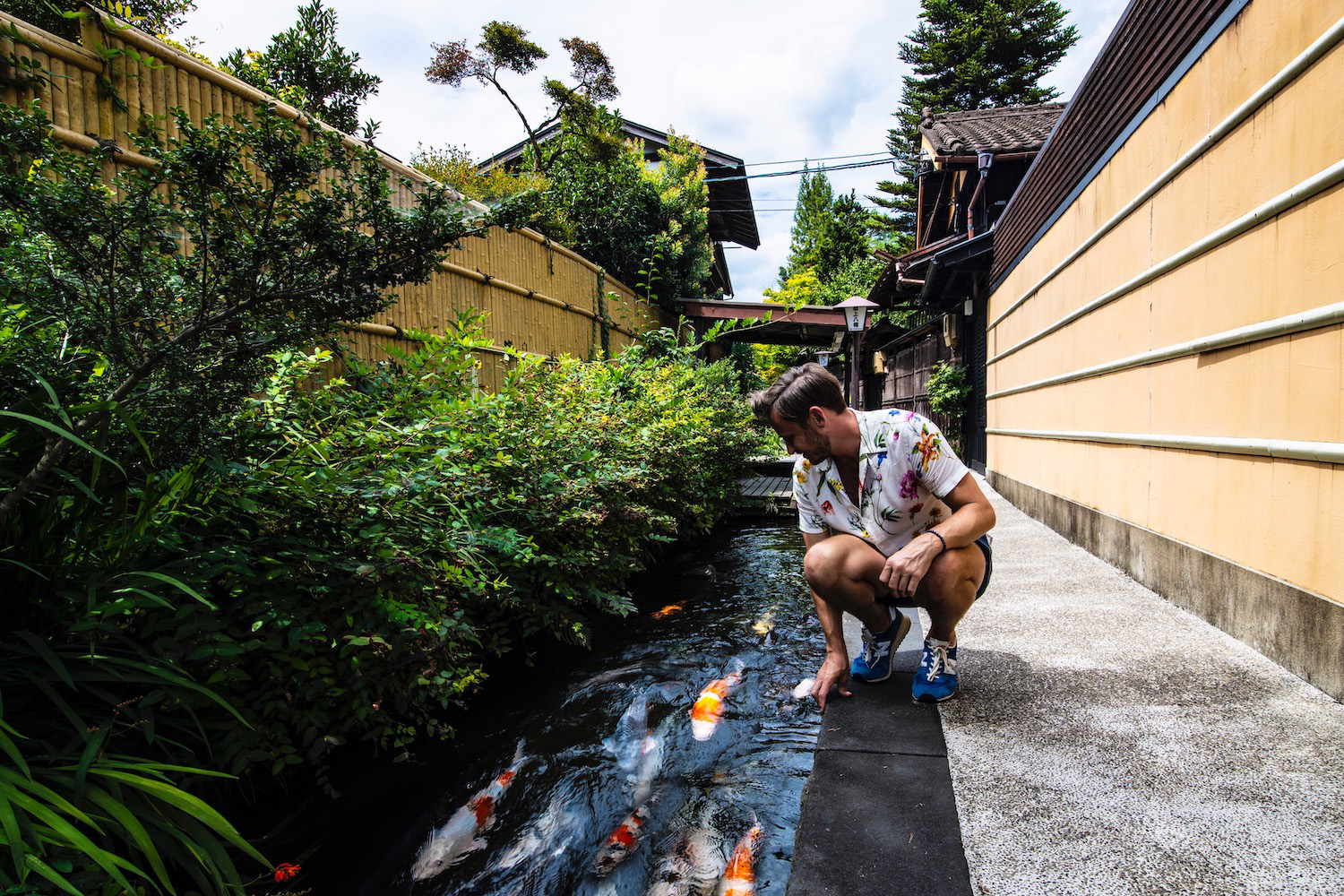
In Gujo-hachiman, nothing is what it seems. A great illustration of this is the town’s hilltop castle, which far from being an authentic medieval outpost is actually Japan’s oldest such reconstruction. Another way to experience this? After strolling along Igawa Lane (a drainage ditch so clean that koi swim in it), make your way to Iwasaki Sample Village, which makes fake, plastic food for restaurants all over Japan.
When to Visit: With four very well-defined seasons on account of its high elevation, Gujo (to which locals often shorten its name) is gorgeous 365 days per year.
READ MORE: The Secret of Gujo-hachiman
20. Hakodate
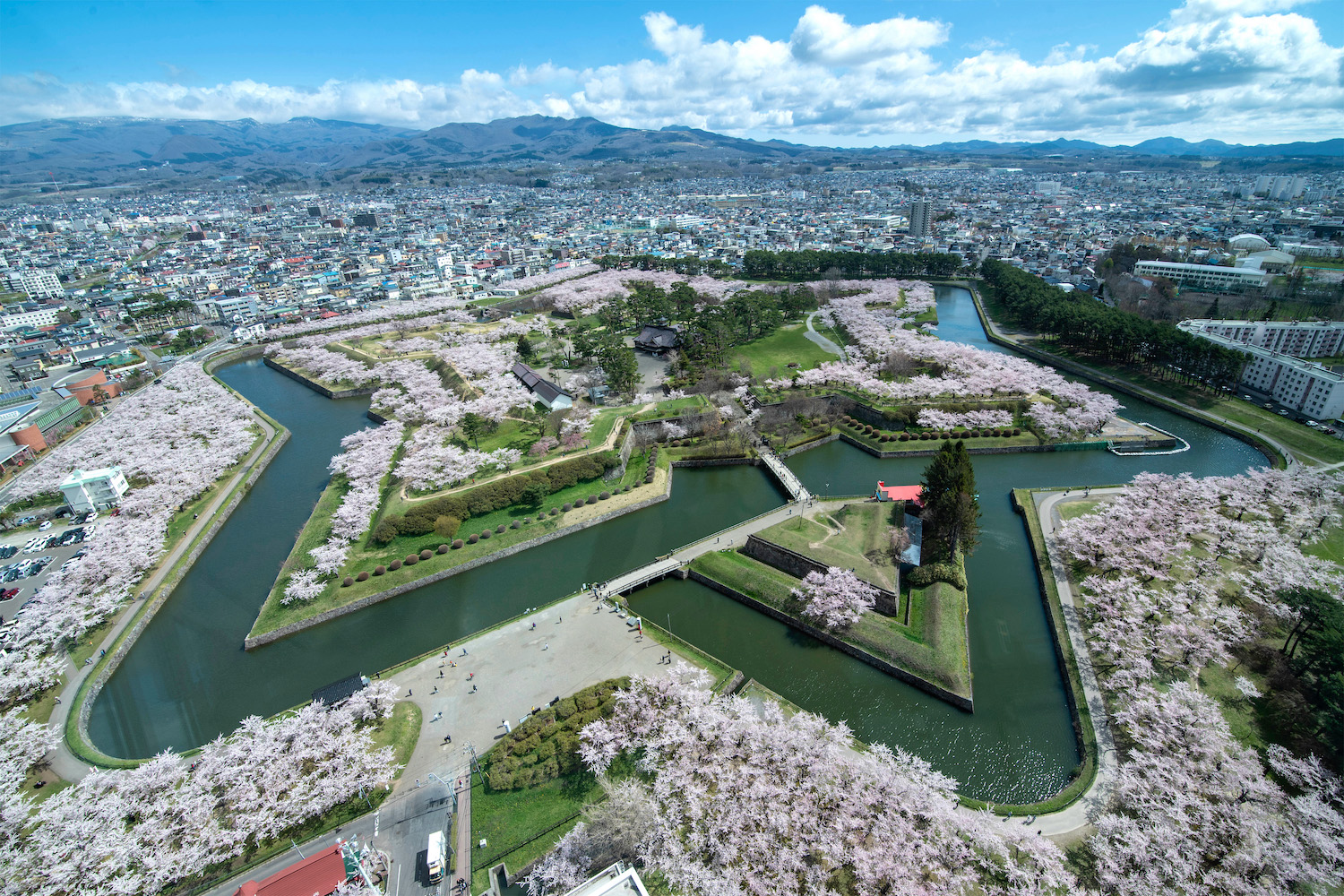
I’ve been singing the praises of Hokkaido‘s southernmost city for years—2024 bears nothing new, in that regard. Located just across the Tsugaru Strait from Japan’s main island of Honshu, and on an isthmus between two bays, Hakodate blends culture, cuisine and heritage sprawled over of Japan’s most unforgettable cityscapes.
When to Visit: Come in late April to see the hundreds of cherry trees planted within star-shaped Goryokaku Fort color the whole thing pink. For my money, it’s Hokkaido’s best hanami spot, especially when seen from above atop Goryokaku Tower.
READ MORE: Hakodate Starts Here
21. Kyotango (Kyoto by the Sea)
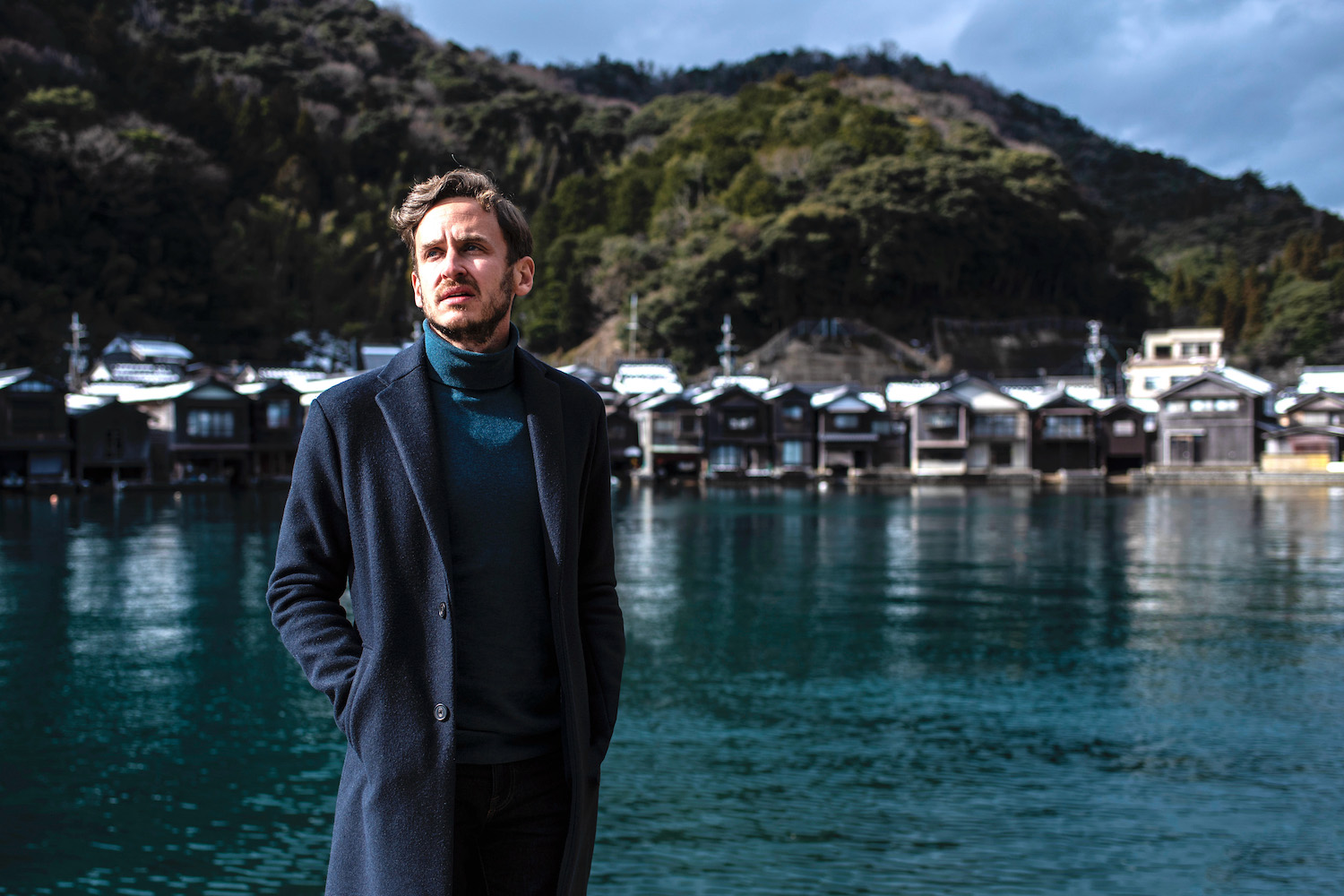
Who says a visit to Kyoto has to be marred by crowds and cliché Instagram photos? Instead, board an early morning train and make your way toward the Sea of Japan, where another world awaits. Ascend the Amanohashidate viewpoint, sit down in town for fresh-caught crab sashimi or experience the charm of Ine Fishing Village.
When to Visit: Like Kyoto itself, Kyotango has favorable weather year-round, but it’s especially beautiful amid winter snow, spring cherry blossoms or autumn’s colors—when the city itself is often swamped with tourists.
READ MORE: Kyoto’s Stunning Seaside
22. Mt. Aso
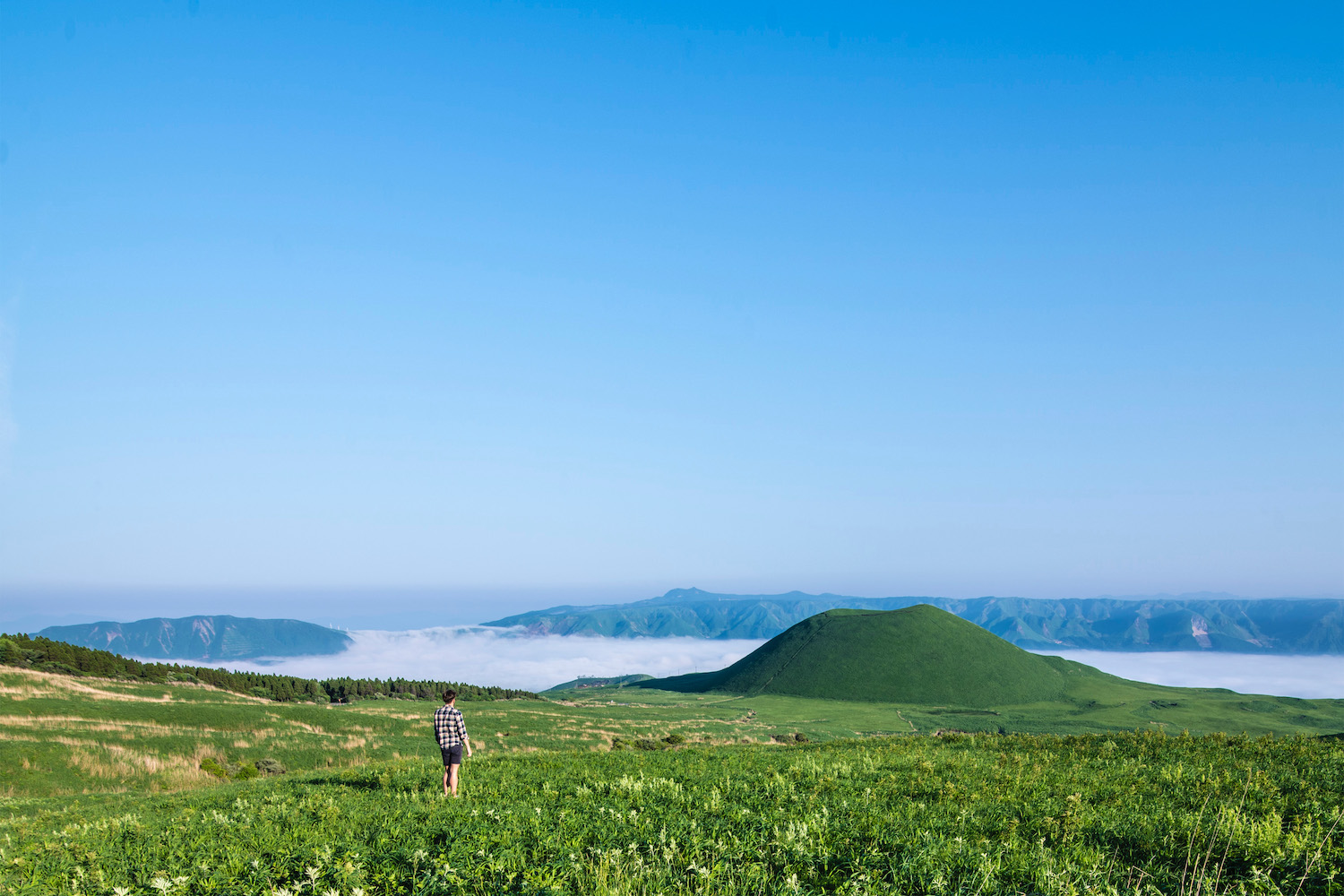
While Mt. Aso‘s silhouette—it’s a bowl-shaped caldera—isn’t nearly as iconic as Mt. Fuji’s, it’s also way larger (meaning there are more things to do there—hiking is only the beginning) and much less crowded than its more famous cousin. Pair a day or two here with nights in the cities of Kumamoto and Beppu, which sit just to the west and east of Aso-san, respectively.
When to Visit: I love the Aso area in May, when the green of spring is bright and new, and when there’s a high chance of being able to see a “sea of clouds” from Daikanbo Observatory.
READ MORE: Is Mt. Aso Worth Visiting?
23. Sado Island
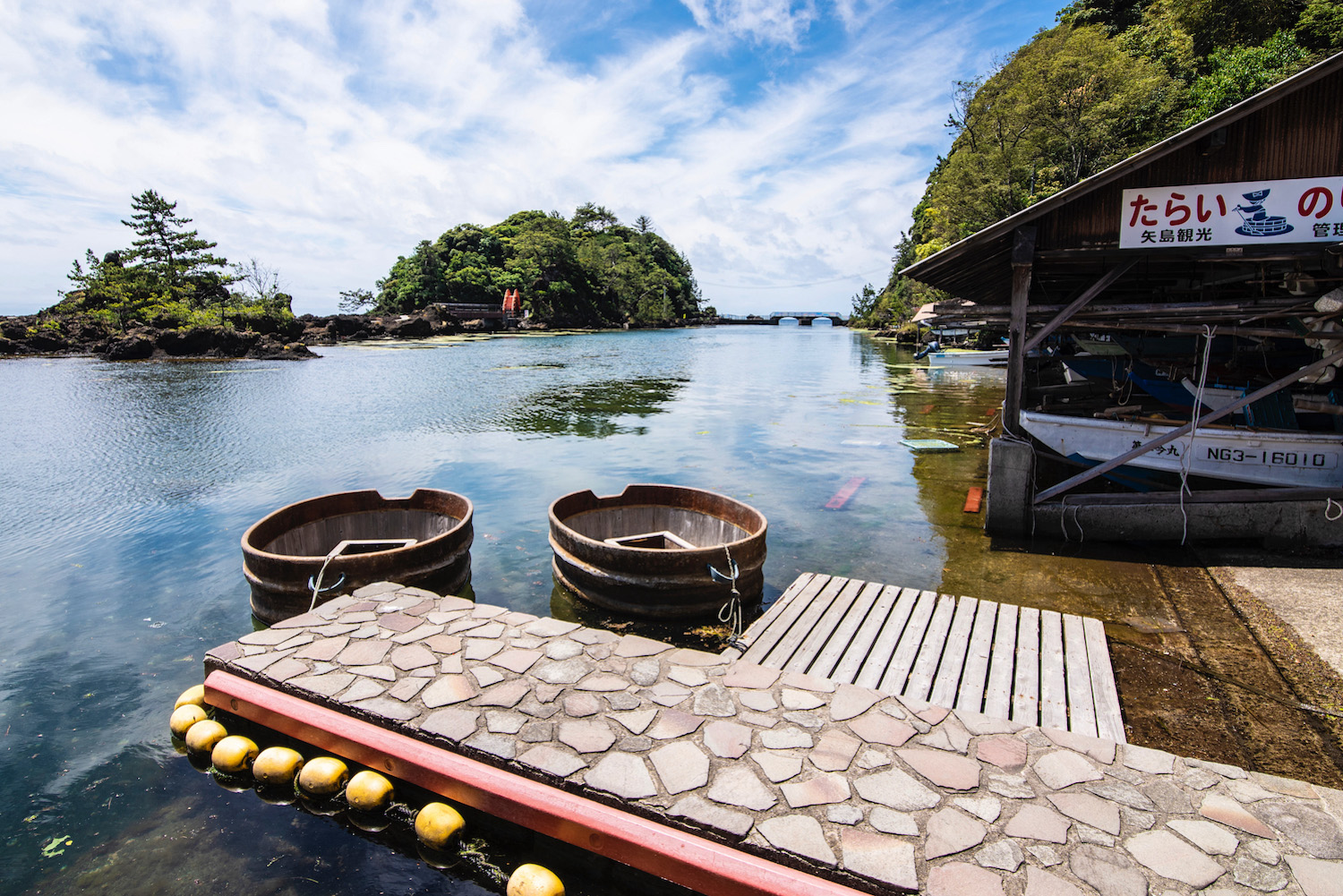
Niigata is one of Japan’s most underrated prefectures, full-stop, whether you tour sake breweries in Shibata, or visit an imperial city surrounded by sand dunes in Niigata City. In my opinion, however, it’s just offshore on Sado Island that that Niigata-ken casts its most dramatic spell on visitors, whether you watch an outdoor Noh performance or simply step into a sea-swept landscape.
When to Visit: I love visiting in June, when a carpet of golden daylilies covers the western coast of the island.
READ MORE: Sado Starts Here
24. Zao Onsen Snow Monsters
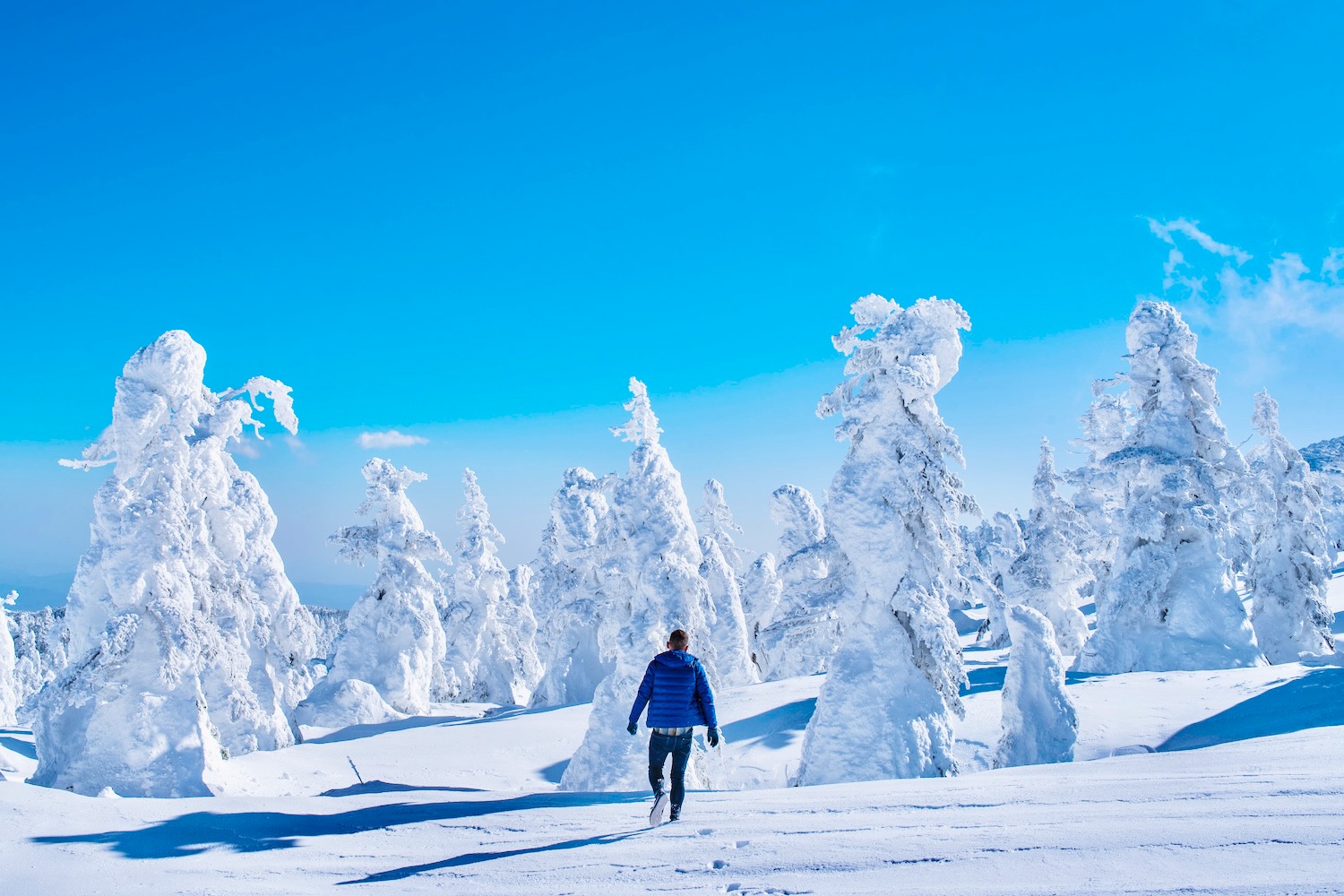
Let’s end this list where we start it: Amid a magical, wintry landscape. To be sure, the hunched-over evergreen trees that take on a monstrous experience once covered in feet of snow are not the only reason to visit Yamagata prefecture’s most charming mountain onsen town during winter. However, they do add a sense of place that’s hard to get most other places in Japan.
When to Visit: It usually takes until late January or early February for the “monsters” to accumulate enough snow to take on their abominable form.
READ MORE: King of the Snow Monsters
Hire Me to Plan Your 2024 Trip
The only thing better than visiting Japan in 2024 is visiting one (or more—or all) of the places I’ve listed here. The only thing better than that? Exploring Japan with the confidence of an expert! When you hire me to plan your 2024 trip to Japan, this—and a whole lot more—is what you get. Join the 100+ travelers I advised in 2023 and book your personalized Japan trip today!



